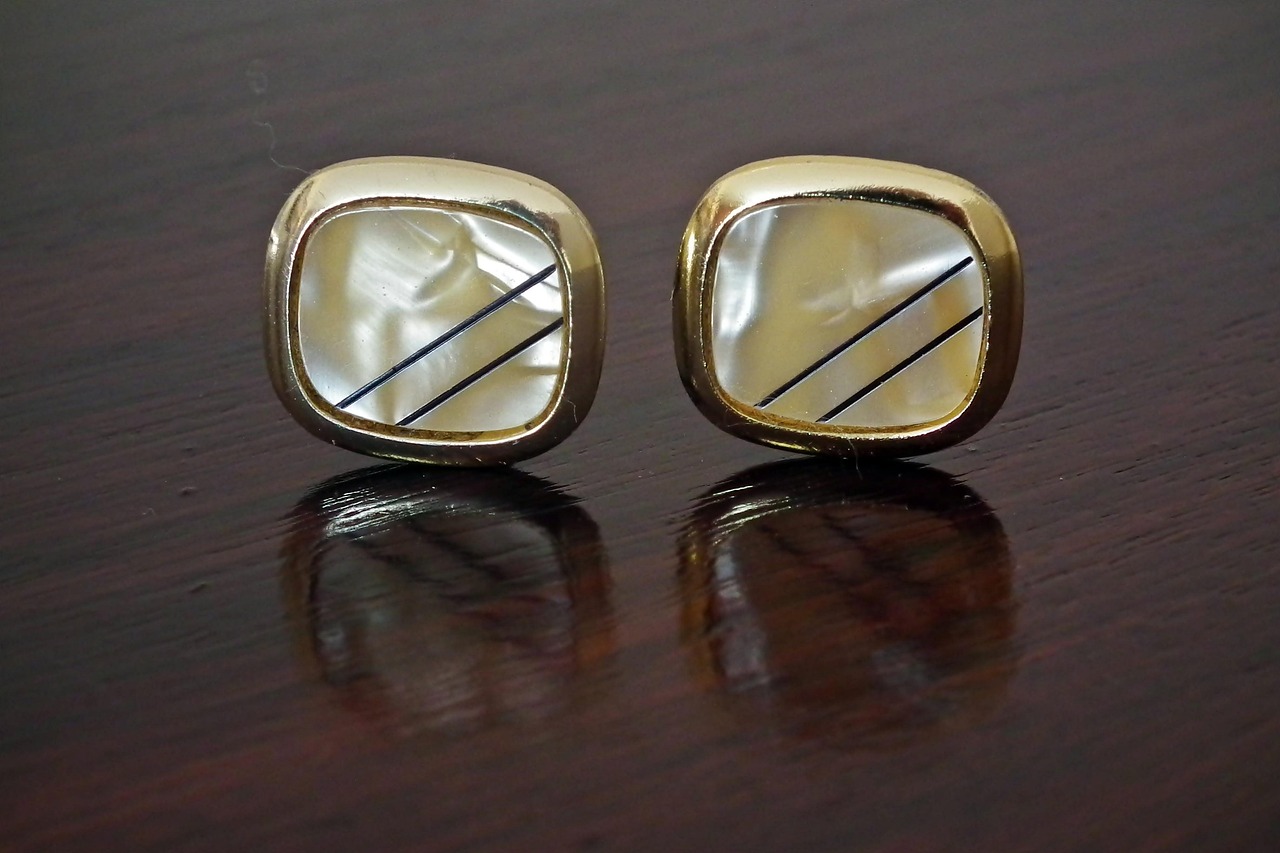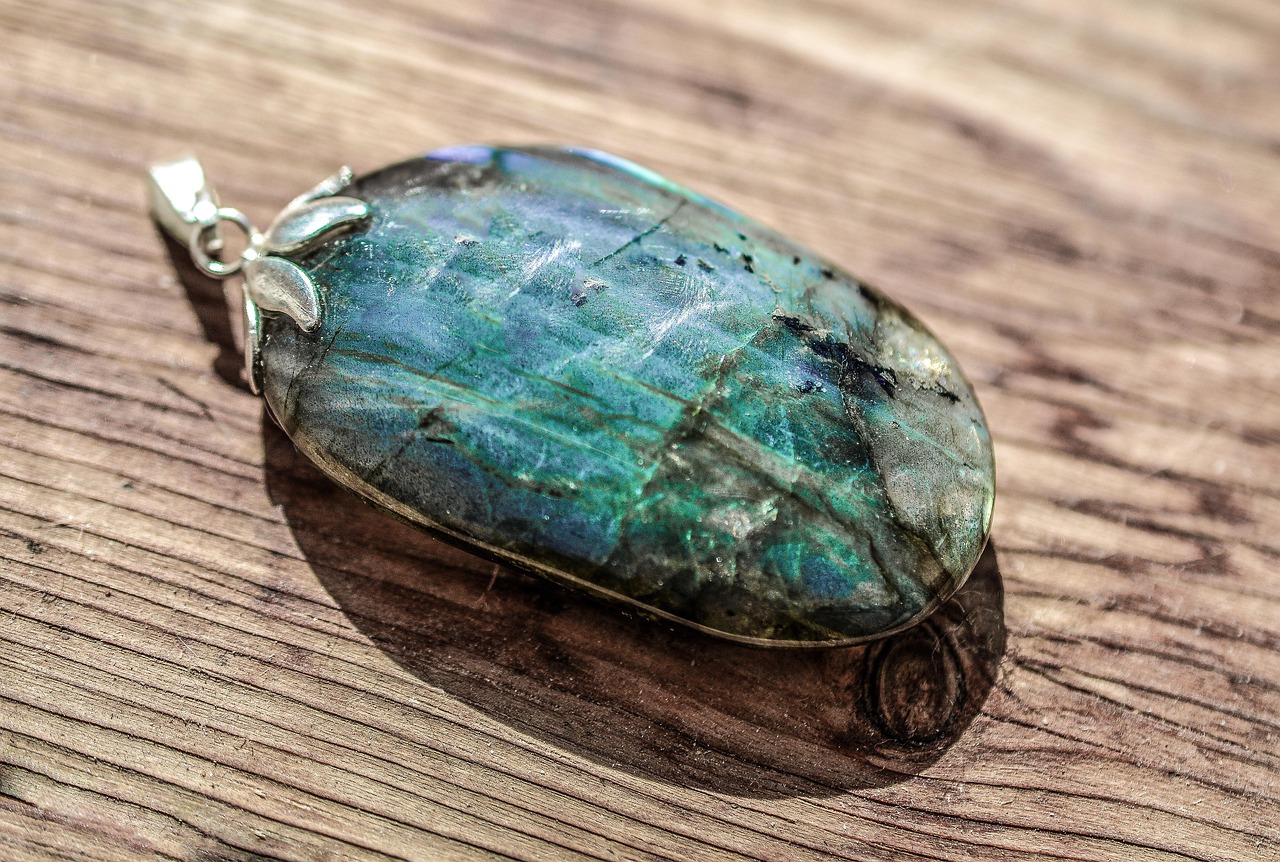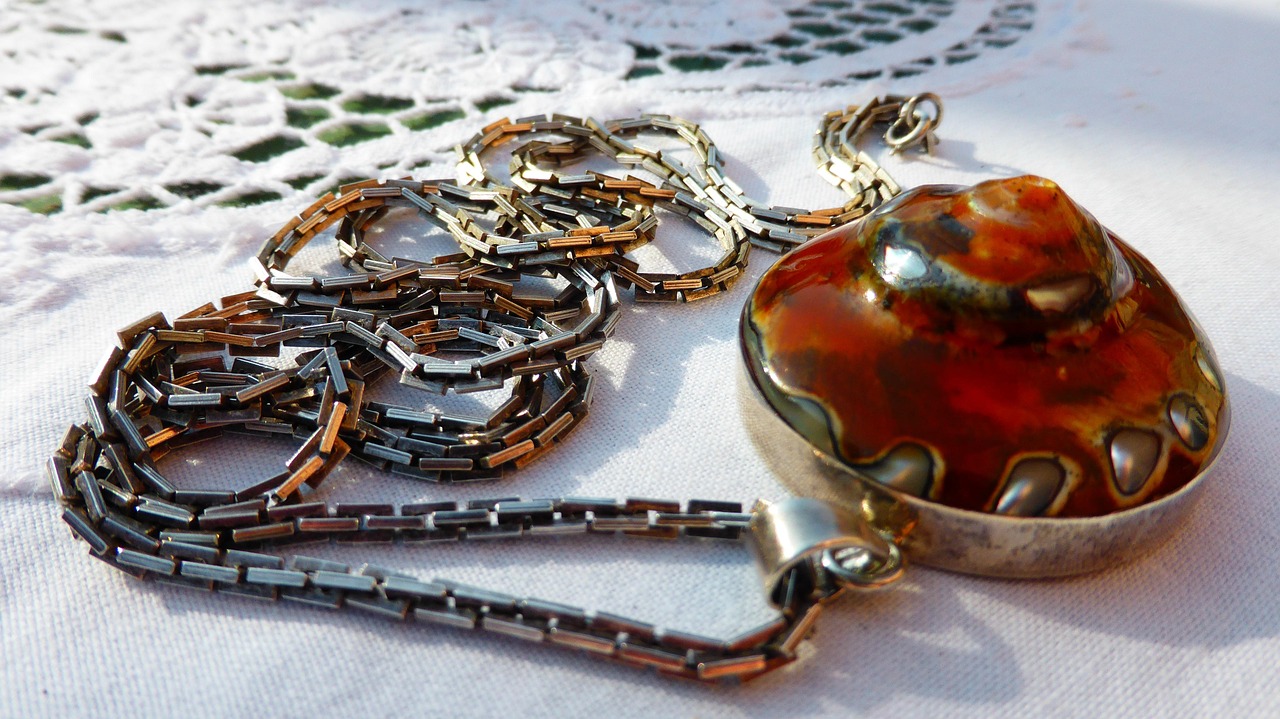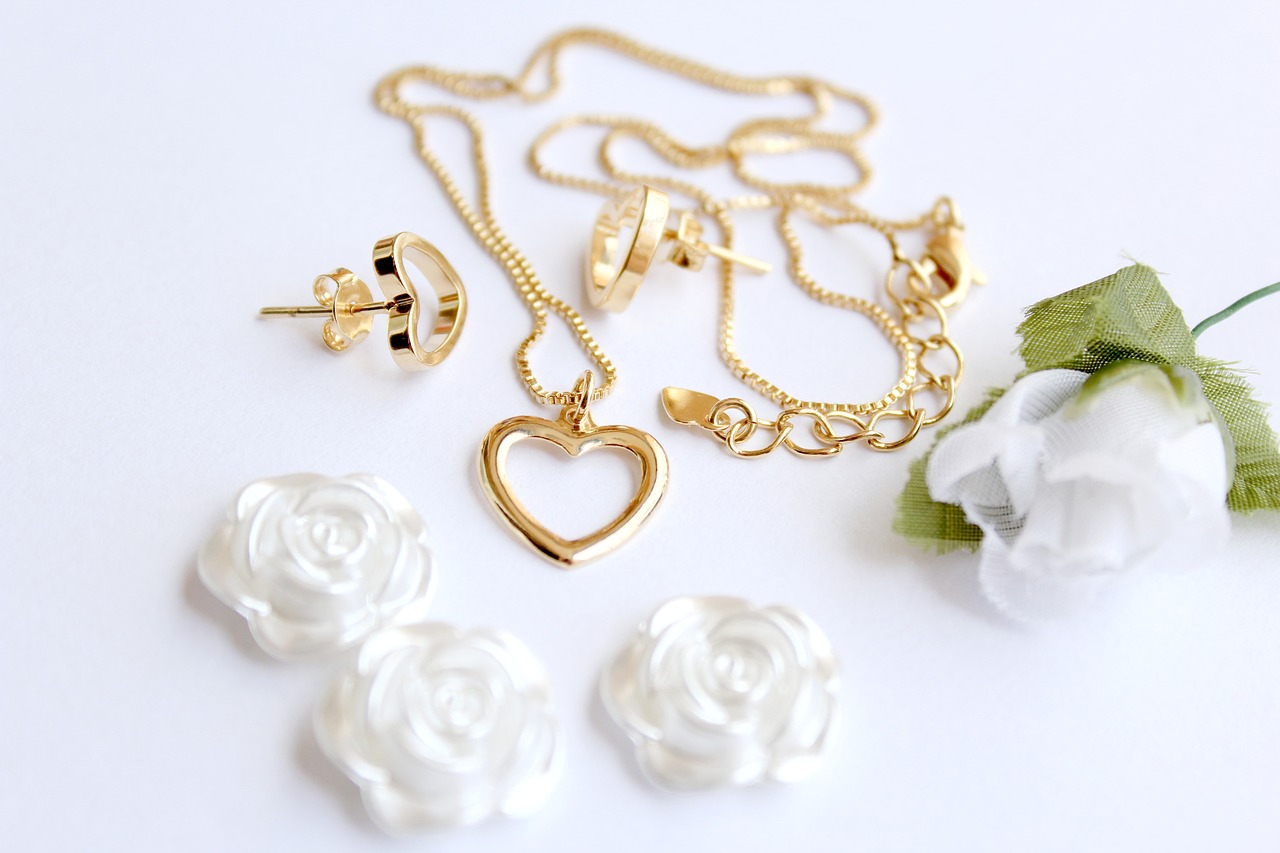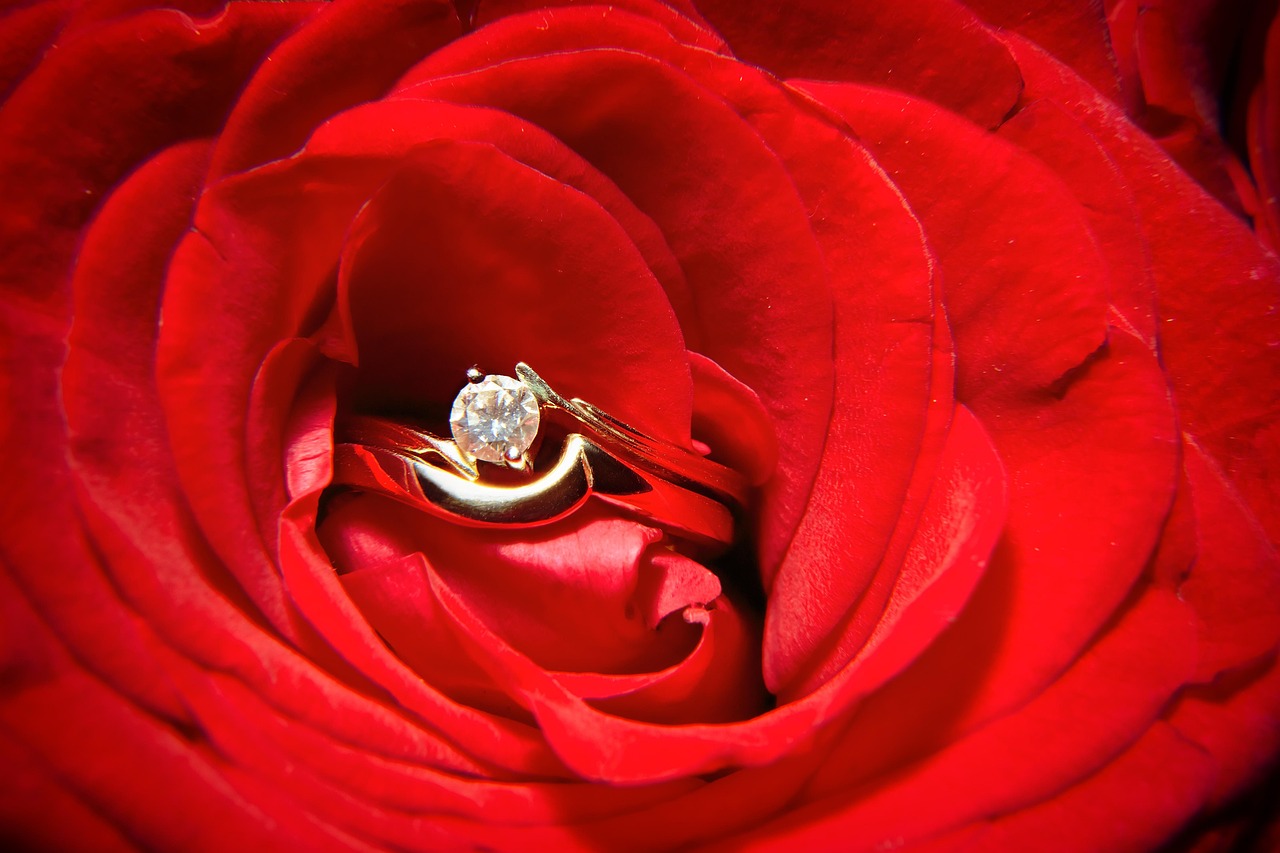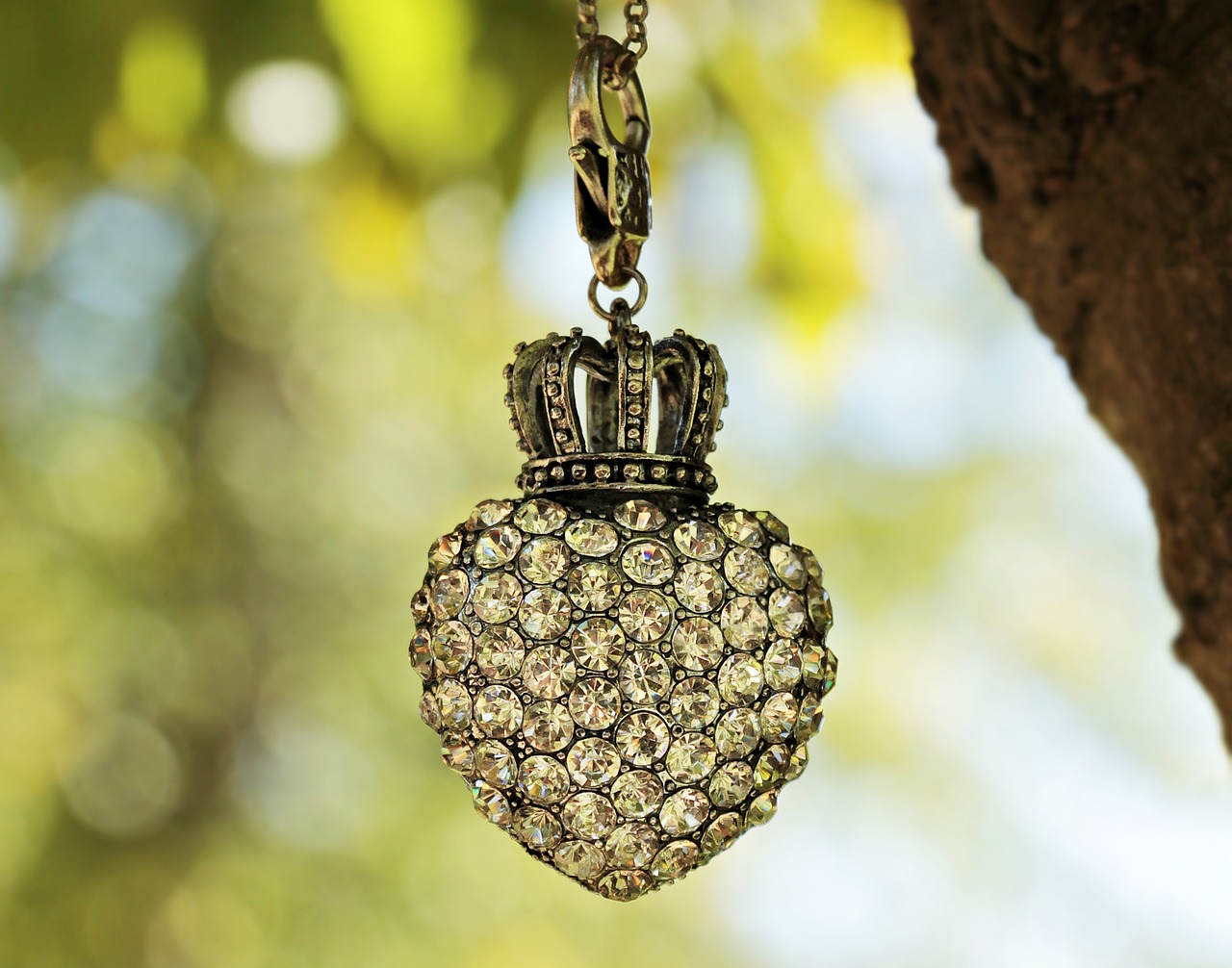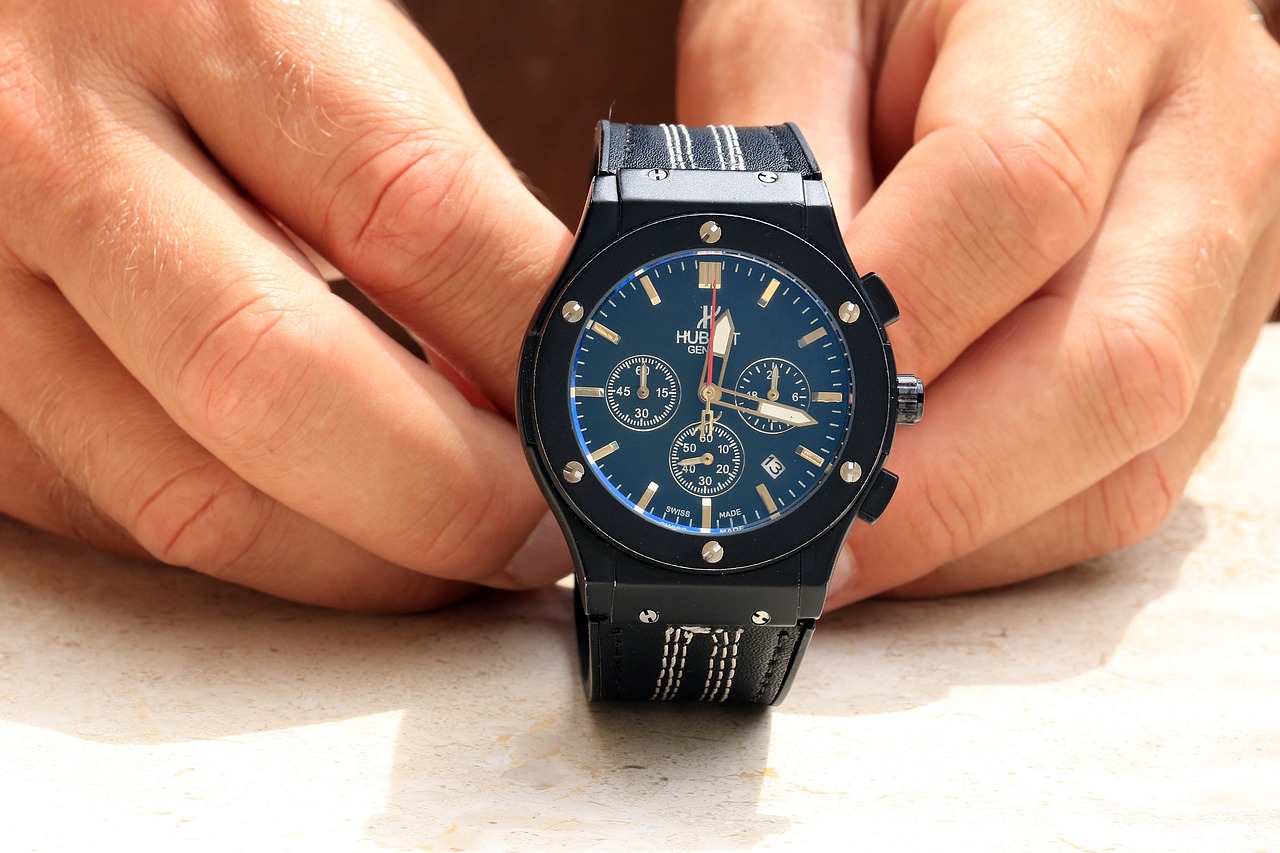This article explores the critical differences between fake and authentic investment jewelry, providing insights on how to identify genuine pieces and avoid costly mistakes.
Investment jewelry refers to high-value pieces that appreciate over time, making them a smart financial choice. Understanding its definition is essential for discerning between genuine and counterfeit items. Unlike regular jewelry, investment pieces are often made from precious metals and gemstones, with a focus on quality and craftsmanship.
Authenticity impacts both the value and resale potential of jewelry. Knowing how to verify authenticity can protect your investment and ensure you don’t fall victim to scams. An authentic piece not only retains its value but can also appreciate significantly, making it a wise investment for the future.
Identifying fake jewelry can be challenging. Here are some common indicators that can help you distinguish between authentic and counterfeit pieces effectively:
- Weight: Authentic jewelry often has a substantial weight due to the quality of materials used.
- Hallmarks: Genuine pieces usually bear hallmarks or stamps indicating their metal content.
- Craftsmanship: Look for inconsistencies in the design; authentic jewelry is typically crafted with precision.
Fake jewelry often employs inferior materials that lack the quality of genuine pieces. Recognizing these materials is crucial for making informed purchasing decisions. For example, while authentic gold jewelry will have a specific karat mark, fake pieces may be made from cheap metals that tarnish easily.
Authentic jewelry is typically crafted with precision. Common design flaws found in fake pieces include:
- Poorly set stones that may fall out easily.
- Uneven finishes or rough edges.
- Incorrect proportions that detract from the overall aesthetic.
Verifying authenticity involves various methods, from certification to expert appraisals. Here are practical steps to ensure your jewelry investment is genuine:
Certification from reputable organizations adds credibility to your jewelry purchase. Look for certificates from recognized gemological institutes, which can provide a detailed analysis of the piece. Additionally, obtaining reliable appraisals can help confirm the jewelry’s value.
Advancements in technology have made it easier to verify jewelry authenticity. Tools and apps that can assist in identifying genuine pieces include:
- Gemstone testers: Devices that check the authenticity of stones.
- Metal analyzers: Tools that determine the metal content of a piece.
Knowing the right places to purchase investment jewelry is vital. Here are reputable sources that offer authentic pieces, ensuring a safer buying experience:
Established jewelers and auction houses have a reputation for selling authentic pieces. Buying from these trusted sources can provide peace of mind, as they often have stringent quality controls in place.
Both online and in-store options have their advantages and disadvantages. While online shopping offers convenience and a broader selection, in-store purchases allow for direct inspection of the jewelry. Consider your comfort level and the reputation of the seller before making a decision.
If you suspect that your jewelry might be counterfeit, knowing the next steps is crucial. Here are some actions you can take:
Professional appraisals can provide clarity regarding your jewelry’s authenticity. Look for a qualified appraiser who is certified and has experience with investment jewelry. Expect a thorough examination and a detailed report on the piece.
Understanding your rights as a consumer is essential if you find yourself with a fake piece. Research potential legal actions you can take to protect your investment, such as contacting consumer protection agencies or seeking legal advice.
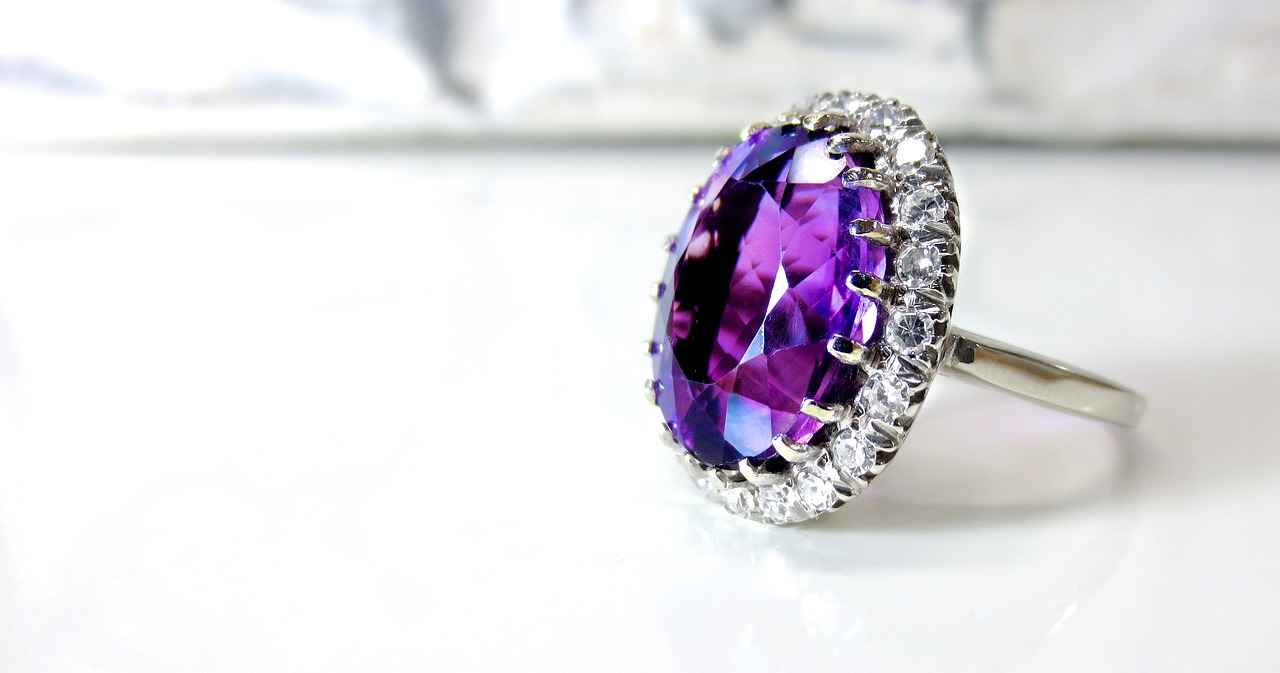
What is Investment Jewelry?
Investment jewelry is a term that encompasses high-value pieces designed not only for aesthetic appeal but also for financial growth. These pieces can range from exquisite diamond rings to rare gemstone necklaces, each possessing the potential to appreciate in value over time. Understanding what defines investment jewelry is crucial for anyone looking to make informed purchasing decisions in the jewelry market.
Unlike ordinary jewelry, which may serve primarily as adornment, investment jewelry is characterized by its quality, craftsmanship, and rarity. The intrinsic value of these pieces often stems from the materials used, such as high-grade gemstones and precious metals like gold and platinum. Additionally, factors such as brand reputation and historical significance can significantly influence a piece’s investment potential.
As the jewelry market evolves, discerning between genuine investment pieces and counterfeit items has become increasingly important. The rise of imitation materials and less scrupulous sellers makes it essential for buyers to arm themselves with knowledge. By understanding the definition and characteristics of investment jewelry, individuals can better navigate the complexities of the market and avoid costly mistakes.
The authenticity of investment jewelry plays a pivotal role in determining both its current value and future resale potential. When purchasing jewelry as an investment, authentic pieces typically command higher prices due to their proven history and quality. Conversely, counterfeit items often lead to significant financial losses, as they lack the inherent value of genuine pieces.
To protect your investment, it is vital to know how to verify authenticity. This can involve checking for certificates of authenticity, which provide documentation regarding the piece’s origin and materials. Additionally, understanding the resale market can offer insights into the importance of authenticity; reputable auction houses and jewelers often emphasize the need for genuine items, further underscoring the significance of this aspect in jewelry investment.
Identifying fake jewelry can be challenging, especially given the sophistication of counterfeit techniques. However, several common signs can help buyers distinguish between authentic and fake pieces.
- Materials Used: Fake jewelry often utilizes inferior materials that cannot match the quality of genuine pieces. For instance, synthetic stones may be used instead of natural gems, which can significantly affect the piece’s value.
- Craftsmanship and Design Flaws: Authentic jewelry is typically crafted with meticulous attention to detail. Look for irregularities in the design, such as uneven settings or poor-quality finishes, which can indicate a counterfeit piece.
Verifying the authenticity of jewelry involves several practical steps. Here are some effective methods:
- Understanding Certification and Appraisal: Certificates from reputable organizations can add credibility to your purchase. Always ask for documentation when buying high-value pieces.
- Using Technology for Verification: Advancements in technology have made it easier to confirm the authenticity of jewelry. Tools and apps can assist in identifying genuine pieces, providing buyers with added confidence.
Knowing where to purchase investment jewelry is crucial for ensuring authenticity. Reputable jewelers and established auction houses are often the best sources for high-quality pieces.
- Reputable Jewelers and Auction Houses: These establishments have a long-standing reputation for selling authentic pieces. Purchasing from them can provide peace of mind.
- Online vs. In-Store Purchases: Both options have their advantages. While in-store purchases allow for direct inspection, online marketplaces may offer a broader selection. Always ensure that online vendors have a good reputation and clear return policies.
If you suspect that your jewelry may be counterfeit, it’s important to take action swiftly. Seeking a professional appraisal can provide clarity regarding your piece’s authenticity. Qualified appraisers have the expertise to evaluate your jewelry accurately.
Additionally, understanding your rights as a consumer is essential. If you find yourself with a fake piece, there are potential legal actions you can take to protect your investment and seek restitution.

Why is Authenticity Important in Jewelry Investment?
When it comes to investing in jewelry, authenticity plays a pivotal role in determining the overall value and resale potential of your pieces. Understanding the significance of authenticity can help safeguard your investment and prevent you from falling prey to scams. In this section, we will explore the reasons why authenticity is crucial in jewelry investment, what factors contribute to a piece’s value, and how you can ensure that your investments are genuine.
Investing in jewelry is not just about aesthetics; it’s also a financial decision. Authentic jewelry pieces tend to appreciate in value over time, making them a sound investment choice. However, the presence of counterfeit items in the market can pose significant risks. Here are some key reasons why authenticity is essential:
- Value Preservation: Authentic jewelry retains its value better than fake items. When you invest in genuine pieces, you can expect a higher resale value in the future.
- Market Demand: Authentic pieces are more sought after by collectors and investors, which increases their market demand and resale potential.
- Emotional Value: Genuine jewelry often carries sentimental value, which can be lost if the piece is fake. Authentic items can connect you to history and craftsmanship.
- Protection Against Scams: Knowing how to verify authenticity helps protect your investment from fraudulent sellers and counterfeit products.
To truly appreciate the importance of authenticity, it is essential to understand the factors that contribute to the value of jewelry. These factors include the quality of materials used, the craftsmanship involved, and the piece’s historical significance. Authentic jewelry often features high-quality gemstones and metals, whereas fake items may use inferior materials that lack durability and luster.
Moreover, the craftsmanship of authentic jewelry is typically superior. Skilled artisans create genuine pieces with attention to detail, resulting in intricate designs and perfect finishes. In contrast, counterfeit items may exhibit design flaws such as uneven settings or poor engraving, which can be telltale signs of inauthenticity.
To ensure you are investing in authentic jewelry, consider the following practical steps:
- Research Reputable Sources: Purchase from established jewelers or auction houses known for their credibility.
- Request Certification: Always ask for certification from recognized organizations that verify the authenticity of the jewelry.
- Seek Professional Appraisals: If in doubt, consult with a qualified appraiser who can provide an expert evaluation of your piece.
In conclusion, understanding and verifying the authenticity of jewelry is vital for any investor. By taking the necessary precautions and being informed, you can protect your investment and enjoy the benefits of owning genuine pieces.

Common Signs of Fake Jewelry
Identifying fake jewelry can be a daunting task, especially for those who are not well-versed in the intricacies of jewelry craftsmanship. However, being informed about the common signs of counterfeit pieces can empower you to make better purchasing decisions. This section will delve into the essential indicators that help distinguish between authentic and fake jewelry effectively.
- Material Quality: One of the first things to check is the quality of the materials used. Authentic jewelry is often made from high-quality metals like gold, silver, or platinum, while fake pieces may use inferior materials such as brass or copper. Look for hallmarks or stamps that indicate the purity of the metal.
- Weight and Feel: Genuine jewelry usually feels heavier than its counterfeit counterparts. If a piece feels too light, it may be a sign of poor craftsmanship and inferior materials.
- Craftsmanship: Examine the overall craftsmanship of the piece. Authentic jewelry is typically well-crafted with attention to detail, while fake jewelry may have rough edges, uneven settings, or poorly applied finishes. Check for loose stones or inconsistencies in the design.
- Color and Finish: The color of genuine metals and gemstones is often rich and vibrant. In contrast, fake jewelry may have a dull appearance or inconsistent color. Look for signs of tarnishing or fading, which can indicate a lower-quality item.
- Price: If a deal seems too good to be true, it probably is. Authentic investment jewelry comes with a price tag that reflects its quality and craftsmanship. Be wary of pieces priced significantly lower than their market value.
- Packaging and Documentation: Authentic jewelry often comes with proper documentation, such as certificates of authenticity, and is packaged in a way that reflects its value. If a seller cannot provide these, it may be a red flag.
By being vigilant and aware of these common signs, you can enhance your ability to identify fake jewelry and make informed choices when investing in pieces that hold both aesthetic and financial value. Remember, taking the time to verify the authenticity of jewelry can save you from costly mistakes and ensure that your investment is sound.
Materials Used in Fake Jewelry
Understanding the is vital for anyone looking to make a wise investment. Fake jewelry often employs inferior materials that lack the quality and durability of genuine pieces. Recognizing these materials not only helps you avoid poor purchases but also enhances your overall jewelry knowledge.
- Base Metals: Many counterfeit pieces are made from cheap base metals such as copper, nickel, or aluminum. These materials are not only less durable but can also cause skin reactions in some individuals.
- Plastic and Resin: Fake jewelry often incorporates plastic or resin to mimic precious stones. While these materials can look appealing at first glance, they lack the luster and weight of real gemstones.
- Low-Quality Stones: Fake pieces might use synthetic or treated stones that do not possess the same value as natural gems. Understanding the difference is crucial to ensure you’re not overpaying for a piece that lacks genuine worth.
- Cheap Plating: Many counterfeit items are simply coated with a thin layer of gold or silver, known as gold plating or silver plating. Over time, this plating can wear off, revealing the less attractive base metal underneath.
Being able to identify substandard materials can save you from making regrettable purchases. Not only does it protect your financial investment, but it also ensures that you are wearing pieces that are both safe and aesthetically pleasing. Here are some practical tips to help you discern between real and fake jewelry:
- Weight Test: Genuine jewelry typically feels heavier than fake pieces due to the quality of materials used. If a piece feels unusually light, it could be a sign of inferior craftsmanship.
- Magnification Inspection: Using a jeweler’s loupe can help you examine the details of the piece. Look for imperfections or signs of poor craftsmanship that are common in fake jewelry.
- Magnet Test: Many base metals are magnetic, while precious metals like gold and silver are not. If your piece is attracted to a magnet, it’s likely not authentic.
When investing in jewelry, always prioritize quality over price. Research the materials and the reputation of the seller. Understanding the differences between genuine and fake jewelry can empower you to make informed decisions that align with your investment goals.
In conclusion, recognizing the materials used in fake jewelry is a crucial step in ensuring you’re making a sound investment. By familiarizing yourself with common signs of counterfeit pieces, you can protect your finances and enjoy your jewelry for years to come.
Craftsmanship and Design Flaws
When it comes to investment jewelry, the quality of craftsmanship is paramount. Authentic pieces are typically crafted with meticulous attention to detail, showcasing the skill and artistry of the jeweler. In contrast, fake jewelry often reveals a range of design flaws that can help you identify its counterfeit nature. This section delves into the common design flaws found in fake pieces, equipping you with the knowledge to make informed purchasing decisions.
- Poor Quality Materials: Authentic jewelry is made from high-quality metals and gemstones, such as gold, silver, and genuine diamonds. Fake pieces, however, often use inferior materials like brass or plastic, which can tarnish or degrade over time.
- Uneven Settings: In genuine jewelry, stones are set evenly and securely. Fake jewelry may have uneven settings, with stones that appear misaligned or loose, indicating a lack of proper craftsmanship.
- Inconsistent Engravings: Authentic pieces often feature precise engravings or hallmarks that indicate the metal’s purity or the jeweler’s signature. Counterfeit items may have shallow or poorly executed engravings that are difficult to read or appear inconsistent with the piece’s overall design.
- Weight Discrepancies: Genuine jewelry typically has a certain weight that corresponds to its materials. Fake jewelry often feels lighter than expected, as it is made from cheaper components that do not match the density of authentic materials.
- Flawed Gemstones: Authentic gemstones are often cut to enhance their brilliance and clarity. In contrast, fake jewelry may feature synthetic or poorly cut stones that lack the same visual appeal.
- Subpar Finishing: The finishing touches on authentic jewelry are polished and smooth to the touch. Fake pieces may exhibit rough edges or visible seams, indicating a lack of attention to detail during the manufacturing process.
By being aware of these common design flaws, you can better protect yourself from purchasing counterfeit jewelry. Always take the time to examine a piece closely and consider seeking the opinion of a trusted jeweler or appraiser if you have any doubts. Remember, investing in authentic jewelry is not only about aesthetics but also about ensuring the value and integrity of your investment.
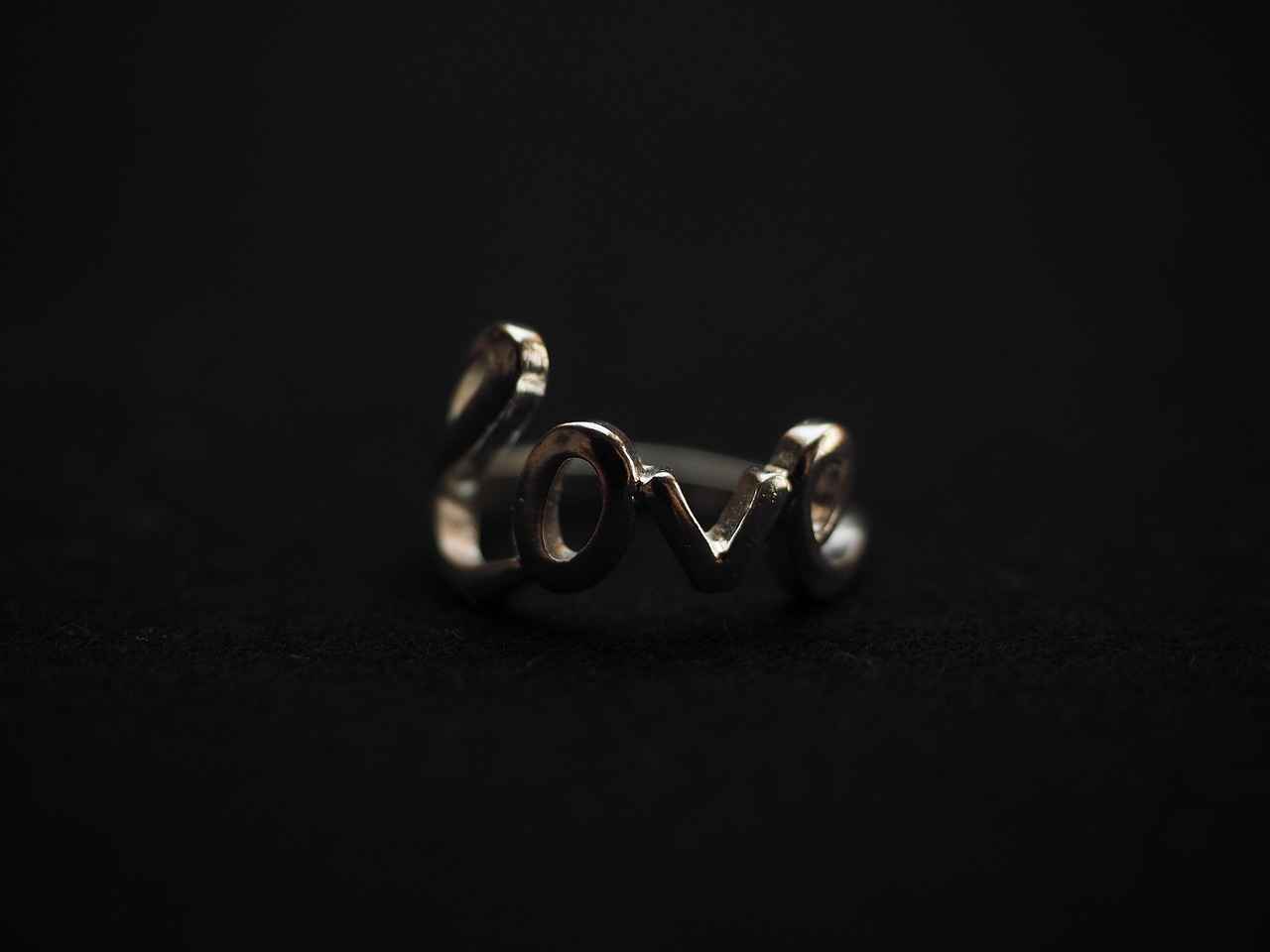
How to Verify the Authenticity of Jewelry
Verifying the authenticity of jewelry is a crucial step for anyone looking to invest in valuable pieces. With the market flooded with counterfeits, it’s essential to employ various methods to ensure your investment is genuine. Below are practical steps to help you navigate this process effectively.
When it comes to verifying authenticity, several approaches can be employed. Here are some of the most effective methods:
- Certification: Always look for certification from reputable organizations. Certificates from established gemological institutes provide assurance that the piece has been evaluated by experts. These documents usually include details about the materials, quality, and value of the jewelry.
- Expert Appraisal: If you’re unsure about a piece, consider seeking a professional appraisal. Qualified appraisers can offer insights into the authenticity and value of the jewelry. They will examine not just the materials but also the craftsmanship and design.
- Use of Technology: Advancements in technology have made it easier to verify authenticity. Tools like spectrometers and electronic testers can provide data on the materials used in a piece. Additionally, there are mobile apps available that can assist in identifying genuine jewelry.
- Researching the Brand: Familiarize yourself with the brand’s history and reputation. Authentic brands often have specific markers, such as logos or stamps, that can help you identify their products. A quick online search can reveal whether the brand has a history of counterfeits.
- Physical Inspection: Examine the jewelry closely. Authentic pieces typically exhibit high-quality craftsmanship, including smooth edges, precise settings, and a consistent finish. Look for signs of wear that seem inconsistent with the age of the piece.
Certification from a reputable gemological institute is essential for any serious jewelry investment. These organizations provide a detailed report on the jewelry’s characteristics, including its cut, color, clarity, and carat weight. When considering an appraisal, ensure the appraiser is accredited and has experience in the specific type of jewelry you own.
In today’s digital age, technology plays a pivotal role in verifying jewelry authenticity. Several tools are available that can help you assess the quality and material of your jewelry. For instance, using a gem tester can help you determine whether a stone is genuine or synthetic. Additionally, apps like GemLab can provide valuable insights based on images of your jewelry.
Knowing where to purchase jewelry is just as important as verifying its authenticity. Established jewelers and auction houses are often more reliable than unknown sellers. They usually offer guarantees and return policies that can protect your investment.
If you suspect that your jewelry may not be authentic, take immediate action. Start by seeking a professional appraisal to get a clear understanding of the piece’s value and authenticity. If it turns out to be fake, familiarize yourself with your consumer rights and consider legal options to protect your investment.
Understanding Certification and Appraisal
When investing in jewelry, ensuring its authenticity is paramount. One of the most effective ways to achieve this is through certification from reputable organizations. This section delves into the significance of certification and the process of obtaining reliable appraisals.
Certification provides a guarantee that your jewelry has been evaluated by experts and meets specific standards of quality and authenticity. It serves as a trustworthy document that can significantly enhance the value of your investment. Without certification, buyers may find themselves at risk of purchasing counterfeit or substandard items, which can lead to financial loss.
- Choose a Reputable Appraiser: Look for professionals who are certified by recognized organizations, such as the American Society of Appraisers (ASA) or the National Association of Jewelry Appraisers (NAJA).
- Understand the Appraisal Process: A thorough appraisal involves examining the jewelry’s materials, craftsmanship, and market value. Ensure the appraiser provides a detailed report.
- Request Documentation: Always ask for a written appraisal that includes photographs and descriptions of the piece. This documentation can be invaluable for future resale or insurance purposes.
Not all certifications are created equal. When reviewing a certification, consider the following:
- Issuing Authority: Ensure that the certification comes from a well-known and reputable organization.
- Details Provided: A good certification should include details about the gemstone’s cut, clarity, color, and carat weight, or the metal’s purity.
- Market Value Assessment: The appraisal should provide an estimated market value, which can help you gauge whether the asking price is reasonable.
Investing in certified jewelry offers numerous advantages:
- Increased Resale Value: Certified pieces often fetch higher prices on the resale market.
- Insurance Coverage: Insurance companies typically require a certified appraisal to provide coverage for high-value items.
- Peace of Mind: Knowing your jewelry is authentic allows you to enjoy your investment without worry.
In summary, obtaining certification and a reliable appraisal is essential for anyone looking to invest in jewelry. By following the steps outlined above, you can safeguard your investment and enjoy the benefits of owning authentic pieces.
Using Technology for Verification
In the modern age, the realm of jewelry investment has been significantly transformed by technological advancements. With the rise of sophisticated tools and applications, verifying the authenticity of jewelry has become more accessible than ever. This section delves into the various technological solutions that can assist both novice and seasoned investors in identifying genuine pieces.
Several innovative technologies are now available to help consumers authenticate jewelry. These tools range from mobile applications to advanced laboratory equipment. Understanding these options can empower buyers to make informed decisions.
One of the most convenient ways to verify jewelry authenticity is through mobile applications. These apps utilize a combination of image recognition and databases of known authentic pieces. Here are a few notable examples:
- Gemstone Identification Apps: These apps allow users to take pictures of gemstones and analyze their characteristics. They can provide information on the stone’s origin, quality, and even potential treatments.
- Jewelry Comparison Tools: Some apps enable users to compare their jewelry against a database of verified items. This feature can help identify discrepancies in design or materials.
- Augmented Reality (AR) Features: Certain apps use AR to overlay information about a piece of jewelry when viewed through a smartphone camera, offering insights into its authenticity.
For those seeking a more thorough examination, laboratory testing remains a gold standard in verifying jewelry authenticity. Professional gemologists use various instruments, including:
- Refractometers: These devices measure the refractive index of gemstones, helping to distinguish between natural and synthetic stones.
- Spectroscopes: By analyzing the light spectrum emitted or absorbed by a stone, spectroscopes can provide detailed information about its composition.
- X-Ray Fluorescence (XRF) Analyzers: XRF technology allows for non-destructive testing of metals, revealing their purity and identifying any alloys used.
In addition to apps and laboratory tools, numerous online resources can aid in jewelry verification. Websites dedicated to jewelry education often include sections on identifying authentic pieces, as well as forums where users can share experiences and insights. Some reputable databases catalog certified pieces, allowing buyers to cross-reference their items easily.
The integration of technology into the jewelry verification process not only enhances accuracy but also builds confidence among buyers. As the market for investment jewelry grows, the risk of counterfeit pieces increases. By leveraging technology, investors can protect their assets more effectively, ensuring that they are purchasing items that hold genuine value.
In conclusion, the advancements in technology have revolutionized how we approach jewelry authenticity. By utilizing mobile apps, laboratory equipment, and online resources, both new and experienced investors can navigate the complexities of the jewelry market with greater assurance. Embracing these tools not only aids in making informed purchases but also fosters a more transparent marketplace.
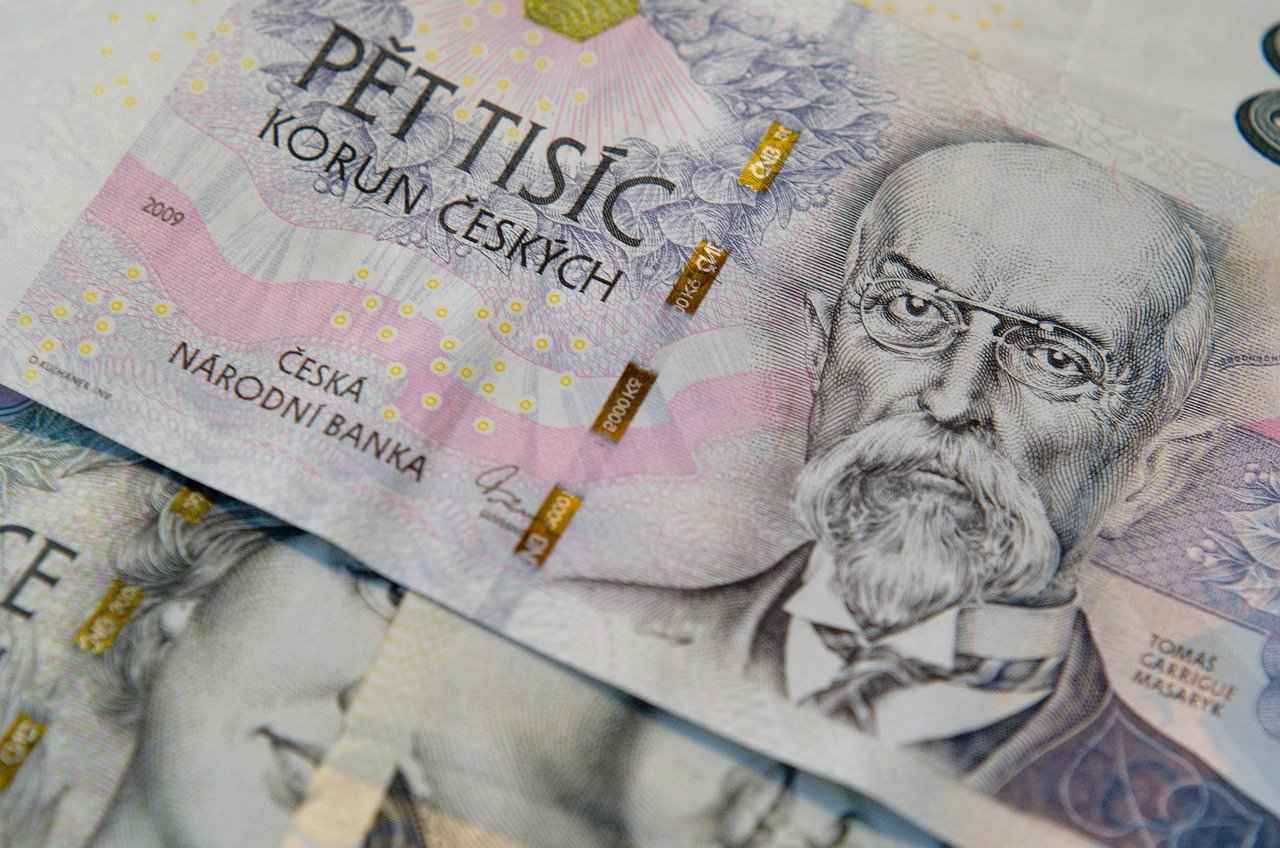
Where to Buy Authentic Investment Jewelry
When it comes to investing in jewelry, knowing where to buy authentic pieces is crucial. The market is filled with both genuine and counterfeit options, making it essential for buyers to navigate wisely. This section offers insights into reputable sources that provide authentic investment jewelry, ensuring a safer buying experience.
Purchasing from reputable jewelers is one of the best ways to ensure that you are buying authentic investment jewelry. Established jewelers often have a long-standing history of trust and customer satisfaction. They typically offer:
- Certification of authenticity for their pieces
- Expertise in the field, providing valuable insights
- Return policies that protect your investment
Auction houses can be treasure troves for authentic jewelry. They often feature pieces that are rare or discontinued, which can be valuable additions to your collection. When bidding at an auction, consider:
- Researching the auction house’s reputation before participating
- Reviewing the provenance of the jewelry items
- Understanding the bidding process to avoid overpaying
Both online and in-store purchases have their pros and cons. Online shopping offers a wider selection and the convenience of browsing from home, while in-store shopping allows for direct inspection of the jewelry. Here are some tips for both:
- Online: Always check for customer reviews and ensure the website has a secure payment system.
- In-Store: Take the time to ask questions and request documentation of authenticity.
Several online platforms specialize in authentic investment jewelry. Look for sites that offer:
- Detailed descriptions and high-quality images of the pieces
- Clear return policies and customer service contact information
- Third-party authentication services to verify the jewelry’s authenticity
Regardless of where you choose to buy, there are key factors to consider to ensure you are making a wise investment:
- Quality of materials: Genuine pieces are made from high-quality metals and gemstones.
- Craftsmanship: Inspect the piece for signs of quality workmanship.
- Documentation: Always ask for certificates of authenticity or appraisals.
In summary, buying authentic investment jewelry requires careful consideration and research. By choosing reputable jewelers, exploring auction houses, and utilizing trustworthy online platforms, you can significantly reduce the risk of purchasing counterfeit items. Remember to always prioritize authenticity and quality to protect your investment.
Reputable Jewelers and Auction Houses
When it comes to investing in jewelry, the importance of purchasing from reputable jewelers and auction houses cannot be overstated. These trusted sources have built their names on a foundation of authenticity and quality, ensuring that buyers can invest with confidence. This section delves into the numerous advantages of sourcing your investment jewelry from established entities, highlighting why it is a wise choice for both novice and seasoned collectors.
Reputable jewelers are known for their commitment to selling only genuine pieces. They often provide detailed information about the origins of their jewelry, including:
- Provenance: The history of the piece and its previous ownership.
- Certification: Documents that verify the authenticity and quality of gemstones and metals.
- Expertise: Knowledgeable staff who can offer insights into the jewelry’s value and care.
By purchasing from these trusted sources, buyers can significantly reduce the risk of acquiring counterfeit items.
Auction houses have long been a staple in the world of high-value jewelry. They offer a unique buying experience that includes:
- Expert Appraisals: Auction houses often employ experts to appraise pieces, ensuring that all items are authentic and accurately valued.
- Access to Rare Items: Many auction houses specialize in rare and vintage pieces that are hard to find elsewhere.
- Transparency: Bidders are provided with detailed catalogs that include photographs, descriptions, and estimates of value.
These features make auction houses a compelling option for serious investors looking for unique additions to their collections.
Investing in jewelry from reputable jewelers and auction houses provides several key benefits:
- Peace of Mind: Knowing that your purchase is authentic allows you to enjoy your investment without doubt.
- Resale Value: Authentic pieces from reputable sources tend to retain their value better than those from less reliable sellers.
- Customer Support: Established jewelers and auction houses often offer after-sale services, including repairs and appraisals, which can enhance your investment.
When searching for trusted jewelry sources, consider the following:
- Research their Reputation: Look for reviews and testimonials from previous customers.
- Check for Certifications: Ensure that the jeweler or auction house is recognized by relevant industry organizations.
- Visit in Person: If possible, visit the store or auction house to gauge the quality of their offerings and the professionalism of their staff.
By taking these steps, you can confidently choose a reputable source for your investment jewelry.
In conclusion, purchasing jewelry from established jewelers and auction houses is a smart strategy for anyone looking to invest in authentic pieces. Their commitment to quality, transparency, and customer satisfaction makes them invaluable resources in the jewelry market.
Online vs. In-Store Purchases
When it comes to purchasing investment jewelry, both online and in-store options present unique advantages and disadvantages. Understanding these differences is crucial for making an informed decision that aligns with your investment goals.
- Convenience: Shopping online allows you to browse a vast selection of jewelry from the comfort of your home, eliminating the need to travel.
- Price Comparison: Online platforms enable easy price comparisons across multiple retailers, helping you find the best deals.
- Access to Reviews: Customer reviews and ratings can offer insights into the quality and authenticity of the jewelry, aiding in your decision-making process.
- Lack of Physical Inspection: One of the most significant downsides is the inability to physically inspect the jewelry before purchasing, which can lead to uncertainty about its authenticity.
- Shipping Risks: There are potential risks involved with shipping, including damage during transit or receiving a different item than expected.
- Return Policies: Some online retailers may have strict return policies, making it difficult to return items that do not meet your expectations.
- Physical Inspection: Shopping in-store allows you to examine the jewelry closely, ensuring you are satisfied with its quality and authenticity.
- Personal Interaction: Engaging with knowledgeable staff can provide valuable insights and advice, enhancing your purchasing experience.
- Immediate Ownership: In-store purchases allow you to take your jewelry home immediately, eliminating waiting times associated with online orders.
- Limited Selection: Physical stores may have a more limited inventory compared to online retailers, restricting your options.
- Time-Consuming: Visiting multiple stores can be time-consuming, especially if you are searching for specific pieces.
- Pressure to Buy: In-store environments may create pressure to make a purchase quickly, which can lead to hasty decisions.
Ultimately, the choice between online and in-store purchases depends on your personal preferences and priorities. If you value convenience and a wider selection, online shopping may be the right fit. However, if you prioritize hands-on inspection and personalized service, visiting a store could be more beneficial. Consider your investment strategy and choose the option that aligns best with your needs.
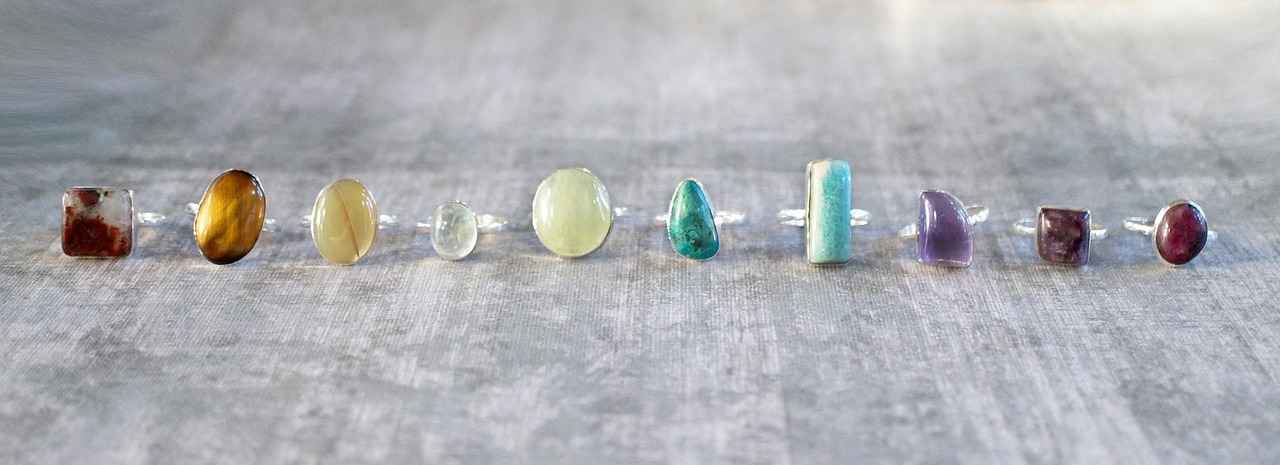
What to Do if You Suspect Your Jewelry is Fake?
If you find yourself questioning the authenticity of your jewelry, it is vital to take immediate action to protect your investment. Knowing the appropriate steps to take can make all the difference in resolving your concerns effectively. This section offers a comprehensive guide on what to do if you suspect your jewelry might be counterfeit.
The first step in addressing your concerns is to remain calm and avoid making hasty decisions. Here are some practical steps to follow:
- Examine Your Jewelry Thoroughly: Look for any signs of poor craftsmanship, such as uneven settings, misspelled inscriptions, or discoloration. Authentic pieces often showcase superior quality and attention to detail.
- Research the Brand: Familiarize yourself with the brand’s characteristics. Many reputable jewelers have specific hallmarks or logos that can help you determine authenticity.
- Seek Professional Appraisal: Consulting a qualified appraiser is one of the most effective ways to verify authenticity. An expert can provide a detailed analysis and help you understand the value of your piece.
A professional appraisal not only verifies authenticity but also gives you peace of mind. Here are some key points to consider:
- Expertise: Appraisers have the training and experience necessary to identify genuine pieces accurately.
- Documentation: A formal appraisal provides documentation that can be valuable for insurance purposes or resale.
- Market Insight: An appraiser can offer insights into the current market trends, helping you understand the potential value of your jewelry.
If your appraisal confirms that your jewelry is indeed counterfeit, it’s essential to know your rights as a consumer:
- Return Policies: Many retailers offer return policies that allow you to return counterfeit items for a full refund.
- Legal Recourse: If you purchased the jewelry from a reputable dealer, you may have legal options to pursue compensation.
- Reporting Fraud: Consider reporting the incident to consumer protection agencies or local authorities to prevent others from falling victim to the same scam.
In today’s digital age, several technological tools can assist in verifying the authenticity of your jewelry:
- Jewelry Apps: There are various mobile applications designed to help users identify genuine jewelry by scanning pieces or checking serial numbers.
- Online Resources: Websites and forums dedicated to jewelry enthusiasts often provide valuable information and community insights regarding authenticity.
- Social Media Groups: Joining groups focused on jewelry collecting can offer support and advice from experienced collectors and experts.
In conclusion, if you suspect your jewelry might be fake, taking the right steps can protect your investment and provide clarity. From conducting thorough examinations to seeking professional appraisals and understanding your consumer rights, being informed is your best defense against counterfeit jewelry.
Seeking Professional Appraisal
When it comes to investing in jewelry, ensuring the authenticity of your pieces is paramount. One of the most effective ways to achieve this is through a professional appraisal. This process not only helps in confirming the legitimacy of your jewelry but also provides valuable insights into its value, history, and overall quality.
How to Find a Qualified Appraiser?
- Research Credentials: Look for appraisers who hold certifications from recognized organizations such as the American Society of Appraisers (ASA) or the International Society of Appraisers (ISA). These credentials indicate that the appraiser has undergone rigorous training and adheres to industry standards.
- Experience Matters: Seek out appraisers with extensive experience in jewelry appraisal. Those who have worked with various types of jewelry, especially investment pieces, are likely to provide more accurate evaluations.
- Read Reviews: Customer feedback can offer insights into the appraiser’s reliability and professionalism. Websites like Yelp or Google Reviews can be helpful in gauging the reputation of an appraiser.
What to Expect During the Appraisal Process?
The appraisal process typically involves several key steps:
- Initial Consultation: During this stage, the appraiser will discuss your jewelry and any specific concerns you may have. This is also a good time to ask about their experience and methodology.
- Examination: The appraiser will conduct a thorough examination of your jewelry. This includes assessing the materials, craftsmanship, and any identifying marks or certificates of authenticity.
- Valuation: After the examination, the appraiser will provide a detailed report that includes the jewelry’s market value, historical significance, and any relevant information regarding its authenticity.
- Documentation: A professional appraisal should come with a formal document that outlines the findings. This document can be crucial for insurance purposes or if you decide to sell the piece in the future.
Why is Professional Appraisal Important?
Having your jewelry appraised by a qualified professional not only confirms its authenticity but also protects your investment. A credible appraisal can aid in:
- Insurance Coverage: Accurate appraisals are essential for obtaining appropriate insurance coverage. This ensures that you are compensated fairly in case of loss or theft.
- Resale Value: If you ever decide to sell your jewelry, a professional appraisal can help you set a fair asking price based on current market trends.
- Peace of Mind: Knowing that your jewelry has been evaluated by an expert can provide reassurance, especially when dealing with high-value pieces.
In conclusion, seeking a professional appraisal is an essential step in ensuring the authenticity and value of your jewelry. By finding a qualified appraiser and understanding the appraisal process, you can make informed decisions about your investment jewelry. Remember, the right appraisal not only protects your investment but also enhances your confidence as a jewelry owner.
Legal Actions and Consumer Rights
When investing in jewelry, particularly high-value pieces, understanding your rights as a consumer is crucial. If you find yourself in possession of a fake item, knowing the legal avenues available to you can help protect your financial investment. This section will outline the potential legal actions you can take and the rights you hold as a consumer.
As a consumer, you have specific rights that protect you when purchasing goods, including jewelry. These rights may vary by country or state, but generally include:
- Right to Information: You have the right to receive accurate information about the jewelry you are purchasing, including its authenticity and value.
- Right to Refund or Exchange: If the jewelry is proven to be fake, you may be entitled to a refund or exchange, depending on the seller’s return policy.
- Right to Fair Treatment: Sellers must treat you fairly and not engage in deceptive practices when selling jewelry.
If you suspect that your jewelry is not authentic, it’s essential to act quickly. Here are the steps you should consider:
- Gather Evidence: Document everything related to your purchase, including receipts, correspondence with the seller, and photographs of the jewelry.
- Seek Professional Appraisal: Consult a certified appraiser who can verify the authenticity of your jewelry. Their expert opinion can serve as vital evidence.
- Contact the Seller: Reach out to the seller to discuss your concerns. Many reputable sellers will be willing to resolve the issue amicably.
If the seller refuses to cooperate or if you are unable to resolve the matter, you may consider legal action. Here are some options:
- File a Complaint: You can file a complaint with consumer protection agencies or the Better Business Bureau. This can prompt an investigation into the seller’s practices.
- Small Claims Court: If the value of the jewelry is within the limits set by your local small claims court, you can file a claim to seek compensation.
- Seek Legal Counsel: For more complex cases, consulting with a lawyer who specializes in consumer rights can provide guidance on your options.
Many reputable jewelers offer warranties or guarantees on their products. Understanding the terms of these warranties can be beneficial if you discover that your jewelry is fake. Ensure you keep all documentation related to your purchase, as this will support your case if you need to take legal action.
Being informed about your rights as a consumer can empower you to take the necessary steps if you find yourself with a fake piece of jewelry. By understanding the legal actions available and knowing how to verify authenticity, you can protect your investment and ensure that you are treated fairly in the marketplace.
Frequently Asked Questions
- What makes jewelry an investment?
Investment jewelry is not just about beauty; it’s about value. These pieces appreciate over time, turning your purchase into a potential financial asset. Think of it as buying a piece of art that could also fill your wallet!
- How can I tell if my jewelry is authentic?
Identifying authentic jewelry involves checking for certifications, examining craftsmanship, and using technology like apps designed for verification. It’s like being a detective, making sure you’re not fooled by a clever counterfeit!
- Where should I buy investment jewelry?
Reputable jewelers and established auction houses are your best bets for authentic pieces. Whether online or in-store, always do your homework to ensure you’re buying from trusted sources. It’s like choosing a safe harbor in a storm!
- What should I do if I suspect my jewelry is fake?
If you have doubts about your jewelry’s authenticity, seek a professional appraisal. They can provide clarity and peace of mind. Remember, knowing your rights as a consumer is crucial if you find yourself in a tricky situation!

